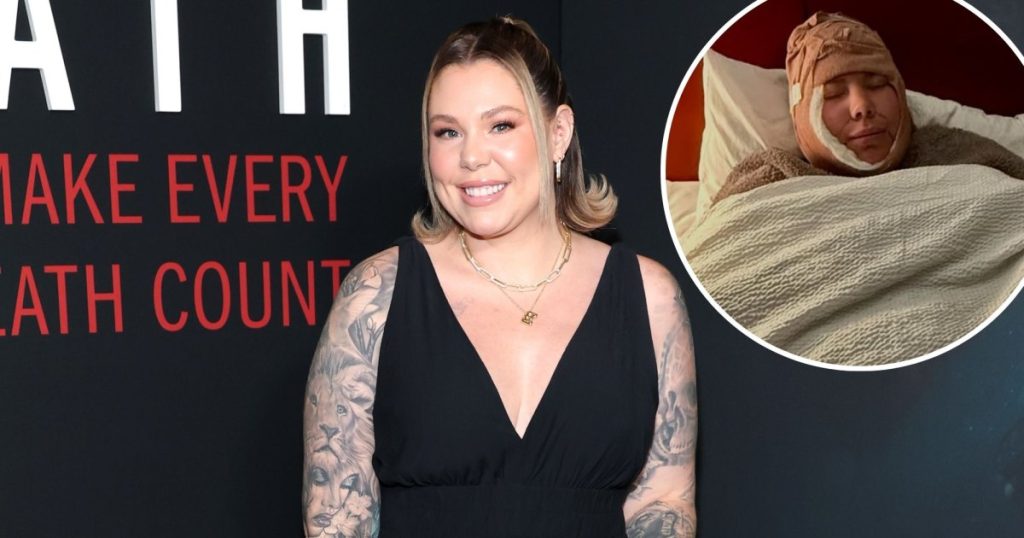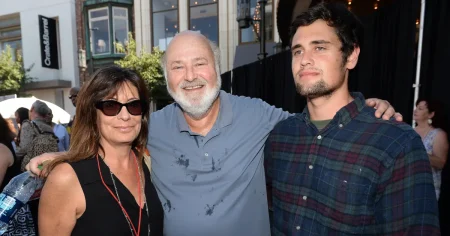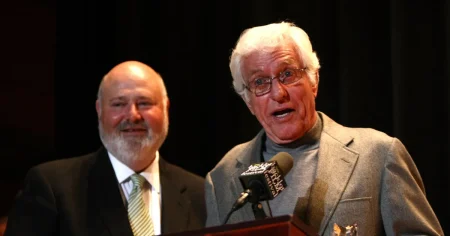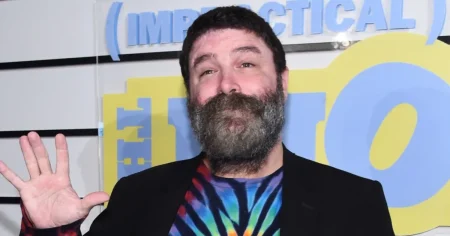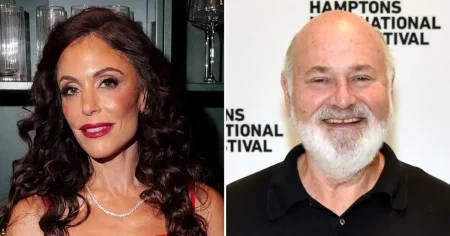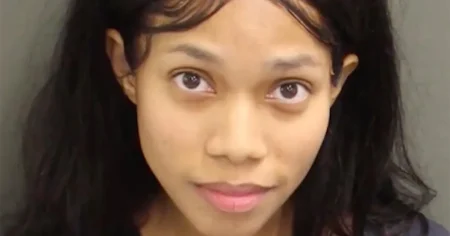Kailyn Lowry’s Chin Surgery Journey: A Personal Decision Amid Public Scrutiny
Former “Teen Mom” star Kailyn Lowry recently shared her journey through chin surgery with her social media followers, documenting both her decision and recovery process with characteristic candor. “Rest in peace to my double chin,” the 33-year-old television personality declared in an Instagram video posted on August 24, alongside a collection of before-and-after photos she described as “a scrapbook of saying goodbye.” Her posts revealed intimate moments of her medical journey, from pre-surgery markings by nurses to her immediate post-operative state – snoring in her sleep and humorously eating instant mashed potatoes while her face remained wrapped in bandages. With refreshing honesty, she shared vulnerable moments of her recovery, joking about her temporary limitations: “If there’s a fire, I can’t run.”
As with many public figures who choose cosmetic procedures, Lowry’s transparency invited both support and criticism from her followers. When one commenter suggested her results weren’t noticeable, she responded directly about post-surgical swelling. Another follower questioned whether weight gain would reverse her results, prompting Lowry to clarify that she hadn’t undergone liposuction but rather addressed “a genetic problem with jowling and sagging skin” – distinguishing between weight-related concerns and structural facial features. When faced with criticism about pursuing plastic surgery, Lowry stood firm in her autonomy, responding that she could “do whatever tf I want” – a statement reflecting her consistent approach to personal choices throughout her public life.
The surgery, performed by plastic surgeon Dr. Tina Ho, had been announced by Lowry a week earlier through Instagram photos captioned “Farewell tour for the double chin.” While she hasn’t yet shared the specific details of the procedure that many followers have requested, her willingness to document both the decision-making process and recovery represents the continued evolution of how public figures approach cosmetic procedures. Rather than hiding these choices, Lowry chose to normalize the experience by sharing both the uncomfortable and humorous aspects of recovery, from post-surgical bandages to the practical challenges of everyday activities while healing.
Lowry’s chin surgery exists within her broader, well-documented history of being forthright about body image struggles. In January, she shared an emotional reflection about body dysmorphia, revealing deeply personal thoughts about physical appearance and modification. “I pray that my kids never struggle with their body images enough to mutilate their bodies to be skinny,” she said in a particularly vulnerable moment, distinguishing between what she considers reasonable cosmetic enhancements like “a nose job or a boob job” versus more extreme measures taken in pursuit of thinness, which she characterized as manifestations of mental illness. These reflections demonstrate the complex relationship many people have with their appearance – balancing self-acceptance with the desire for specific changes.
The public nature of Lowry’s surgery journey highlights the evolving conversation around cosmetic procedures in contemporary culture. Where once celebrities might have disappeared from public view only to return transformed, today’s public figures often invite followers into these experiences, demystifying procedures and challenging the stigma that has historically surrounded cosmetic surgery. By showing herself in bandages, discussing swelling, and responding directly to questions and criticisms, Lowry normalizes both the decision to pursue surgical enhancements and the reality of recovery. Her approach reflects a broader cultural shift toward transparency about previously taboo subjects, particularly those related to beauty standards and body modification.
Through her documentation of this personal journey, Lowry navigates the tension between advocating for self-acceptance and pursuing physical changes through medical intervention. Her experience demonstrates that these positions aren’t necessarily contradictory – individuals can simultaneously work toward accepting themselves while making conscious choices to alter aspects of their appearance that cause discomfort or dissatisfaction. As she continues to recover and eventually shares the final results with her audience, Lowry’s story serves as a reminder of the deeply personal nature of these decisions, the importance of bodily autonomy, and the complex relationship many people have with their physical appearance in an era of unprecedented visibility and scrutiny. Her willingness to face criticism while maintaining her right to make her own choices reflects a broader societal conversation about beauty, self-determination, and the evolving understanding of what it means to pursue physical changes in a healthy, self-aware manner.



